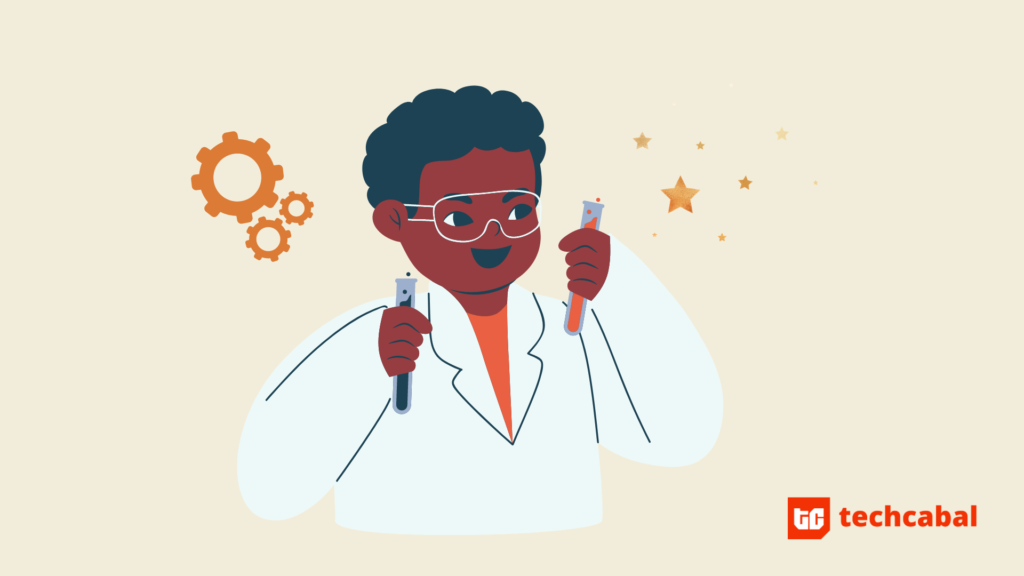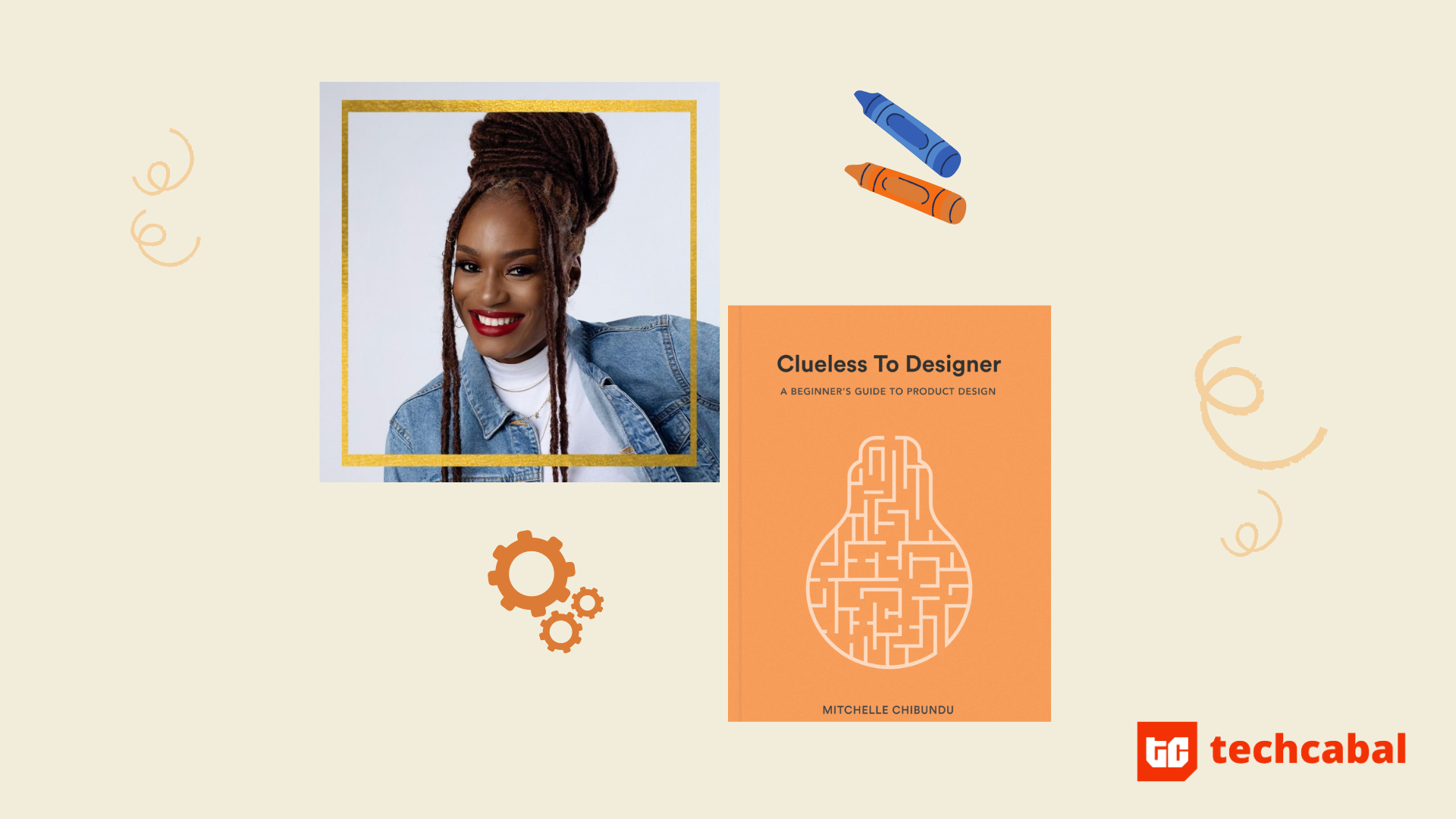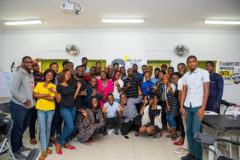The BackEnd explores the product development process in African tech. We take you into the minds of those who conceived, designed and built the product; highlighting product uniqueness, user behaviour assumptions and challenges during the product cycle.
—
Over the last three years, Mitchelle Chibundu’s product design career has made her an influential member of Nigeria’s design community. On Instagram, she publishes bite-size lessons and tips on key concepts like typography, colour and lines.
But this influence wasn’t inevitable. On her first day as a product designer, she had exactly zero experience in the field.
“I didn’t even know what product design was until I started working at Flutterwave,” she says to TechCabal.
Her experience was more in make-up art than in computer design. Foundation and eyeliners, not fonts and line spacing, were her area of expertise.
She’s now a leading light in the Nigerian design community. Tapping into her experience so far, Chibundu has written a short book for people aspiring to get into the product design field too.
Clueless to Designer is not an introductory design textbook with academic definitions and convoluted charts. It is not a deep dive into the history or evolution of product design. Thankfully, it’s also not a showy highlight reel of the author’s brief career.
Instead, Chibundu wrote it to answer the most popular questions she was receiving on her Instagram page from mostly young African women.
These women (and men) were enamoured of her ability to explain product design concepts in simple terms and felt the urge to become not just hearers but doers.
An invitation to product curiosity
When trying to explain their work, developers and designers often get lost in the jargon of it and lose their audience.
There is a temptation to show off technical prowess while failing to convey the real world, blood-and-bone stakes involved. Have you ever asked a developer to explain what an API is?
To Chibundu’s credit, Clueless to Designer starts off simply and proceeds gently so that anyone can go through its 60 pages without getting dizzy.
On the contrary, you get the feeling of being invited into the easiest tech discipline in the world. The crux of the book is that a natural curiosity for improving the human experience is the first and most important requirement.

In simple language that appeals to non-technical beginners, it covers three areas of product design curiosity: what a product designer does, the soft and hard competencies required to become one, and a curriculum for beginners.
“Product designers advocate for the users and also have a clear understanding of the business values,” she says.
I believe this to be the strongest point of the book because it captures the essence of the discipline in a way every intending designer can understand. It is also a handy tool for consumers of tech to assess why startups opt for certain features on the products they roll out.
What good product designers do
At its root, a product designer’s job is to care enough about users that they invest considerable thought in ensuring users live better as a result of using the product.
It’s a state of mind that must be cultivated consciously. Newbies can learn some aspects of this, but like other fields of life, a relish for quality design comes from within. Chibundu says 14 skills are needed for the job.
That might seem like a lot, maybe even intimidating for a beginner. But they could be summarised in two buckets: being able to understand human feelings, and having an eye for satisfying those feelings with a set of intuitive instructions.
Qualities like empathy, problem-solving, curiosity and storytelling are in the first bucket, while wireframing, prototyping, UX design, and usability testing are in the second.

Chibundu tells me she consciously listed the soft skills (empathy, etc) first because they are the qualities that make good designers, differentiating those who care about people from those who simply want to push a minimum viable product.
She clarifies, that while it’s not necessary to have all of these skills at once before stepping into product design, they will eventually need to be in the designer’s toolbox. So how to step in?
A guide for beginners
In one of the only two charts in the book, Chibundu shows what she thinks produces “great” product design; a mix of consciousness, consideration, and craft.
In other words, an awareness of one’s environment, good taste, and good old practice. How each designer becomes good at these will differ according to the resources they consult for guidance and inspiration.
In the absence of the formal design schools and courses that are found in America, most product designers at African tech companies have had to teach themselves using YouTube videos and online courses. Self-tutoring is also how most people become frontend developers.
Because the search online for resources can overwhelm beginners, Chibundu ends the book with a curriculum that covers the 14 skills.
Far from being an exhaustive list of resources, she drafts it to set new designers on a path that narrows down what they need to learn, to allocate time and brainpower effectively.
Chibundu’s book was well received by some of her colleagues in Nigeria’s product design community. She deserves credit for applying her own ideas of simplicity and relatability in producing it.
It’s a concise explainer that could become the go-to reference for everyone who wants to become a product designer, or simply an advocate for the design needs of users everywhere.





















